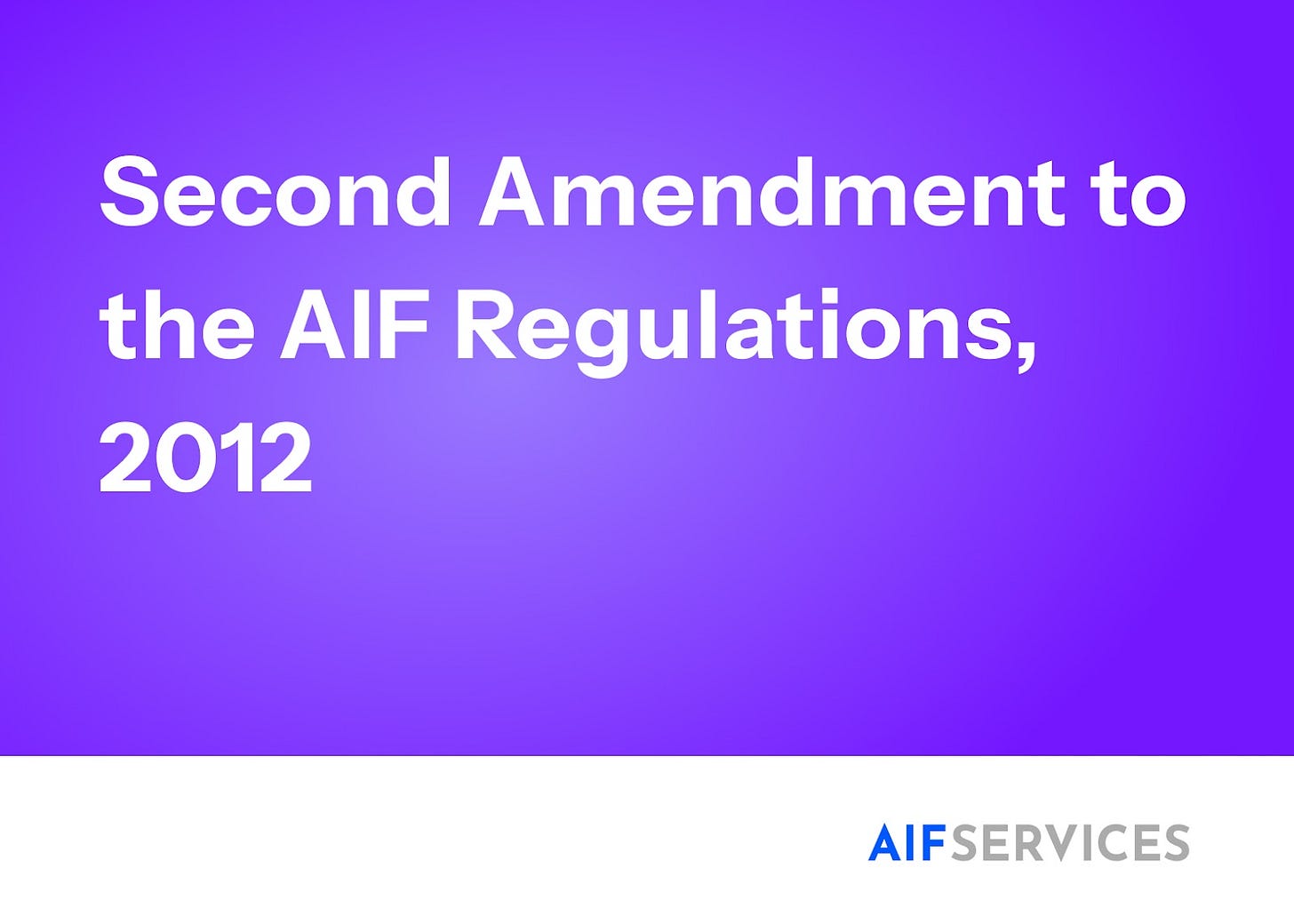On 8 September 2025, SEBI issued the Second Amendment to the AIF Regulations, 2012, implementing structural changes to co-investment schemes and the angel fund regime. The amendments reflect a clear regulatory intention to formalize co-investment structures and reframe early-stage investing through angel funds. However, much of the framework remains contingent on upcoming circulars. Here's what fund managers, GPs, and institutional LPs should take away.
Circular Link: https://www.papermark.com/view/cmfckvtsc000fjo044kp8geoo
Co-Investment Schemes: Defined, But Not Yet Deployable
For the first time, “co-investment” and “co-investment schemes” are formally defined under Regulation 2. Regulation 17A lays out a structured path for Category I and II AIFs to offer co-investment opportunities to their accredited LPs. The design includes:
A shelf placement memorandum requirement for each co-investment, to be filed via a merchant banker.
Co-investment schemes must be single-asset and may only include accredited investors.
Exit timing must be identical to the main AIF scheme’s exit. Terms must be no more favorable than those offered to the fund itself.
Importantly, angel funds are excluded from launching such schemes. This distinction signals SEBI’s intent to limit co-investment flexibility to more institutional fund formats.
However, without circulars detailing shelf memorandum formats, operational standards, and compliance requirements, the framework remains largely non-functional. As a result, fund managers cannot yet execute co-investment offerings under this regime.
Angel Funds: Clean Break, New Structure
The amendments introduce a sharply revised regulatory posture toward angel funds. Key shifts include:
Eligibility and Participation: Capital raising is now restricted to accredited investors. The minimum investment threshold has been removed, creating room for broader participation within the accredited class.
Investment Parameters: Angel funds must invest only in startups not backed by large corporate groups (defined as those with group turnover exceeding ₹300 crore). Each deal must involve a minimum of two accredited investors and fall within the ₹10 lakh to ₹25 crore range.
Prohibition on Schemes: Angel funds can no longer launch schemes. The regime is now built around direct deal-level structuring through the fund itself.
Governance and Process: All opportunities must be disclosed to all fund investors, with a defined allocation methodology and a clear investor approval process.
These changes reflect SEBI’s intent to streamline the angel fund model into a lighter, more controlled vehicle with improved investor alignment and governance transparency.
Transition Rules: To Be Defined
The applicability of the new angel fund regime to existing funds is explicitly deferred. SEBI has reserved the right to issue separate instructions for grandfathering or transition. Existing angel funds will need to monitor forthcoming circulars before making any structural adjustments.
Implications for Fund Managers
For AIFs: Co-investment structures are now legally viable but operationally frozen. Legal and compliance teams should hold off on implementation until the procedural layer is released.
For Angel Funds: The redefined model tightens eligibility and broadens participation flexibility. Legacy structures should prepare for re-alignment once SEBI notifies the transition plan.
Bottom Line
SEBI has set a directional change—bringing co-investments under formal compliance oversight and reshaping the angel fund space to improve investor safeguards. Execution will depend on how swiftly and clearly SEBI follows through with the required circulars and operational clarifications.



